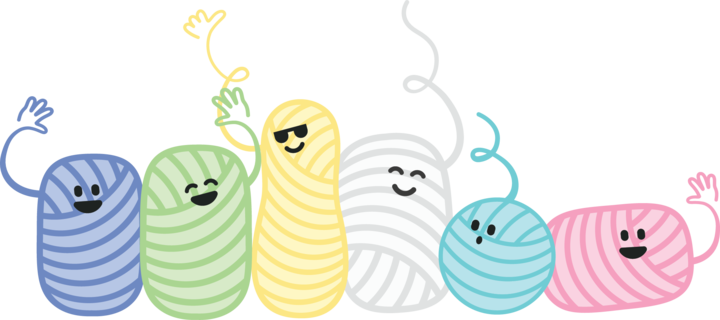News
Tags
#BeYourOwnStarCAL#EasySummerCardiKAL#FrostandBloomCAL#MoonlightMagicCALAdvent 2025Advent CalendarAll About YarnAmigurumiAmigurumi AdventuresAmigurumi PatternsAnna-Sofia VintersolApricity by TL Yarn CraftsBachelorette PartyBeginnerBella Coco CrochetBella Coco MerinoBlockingCable KnittingCALChiara CremonChristmasChristmas PatternsChristmas SweatersClawfoot StitchColor DominanceColorwork KnittingCopenhagen FibersCottonCotton 8/7CrochetCrochet GaugeCrochet HooksCrochet PatternsCrochet SchoolCrochet StitchesCrochet TensionCrochet-AlongCrochetHighwayDIYDorthea CollectionEaster patternseasy as knitEdwin GohedwininjaElisa's CrochetFall PatternsFAQFree PatternsGaugeGift IdeasGranny SquaresHappy PlaceHow to SubstituteIlaria CaliriInspirationJoJo KnitwearJudith JelenaK.A.M.E. CrochetKALKnit-AlongKnittingKnitting GaugeKnitting NeedlesKnitting PatternsKnitting SchoolKnitting SwatchKnitting Tensionkolibri by johannaLearn the stitchesLearn the techniquesLearn to knitLot NumberMacraméMacramé for BeginnersMacramé KnotsMake-AlongMake-AlongsMatching ColorsMeasurementsMeet the DesignerMini CollaborationMini CollectionNegative EasePatternsPica PauPom PomPositive EaseRnataSari NordlundShelly HusbandSizesSpring PatternsSteam BlockingStranded KnittingSummer PatternsSuperwash WoolTensionThekla CollectionTips & TricksTL Yarn CraftsToolsWashingWeddingWoolYarn CareYarn CommunityYarn DyeYarn KnotsZ Twist Yarn



